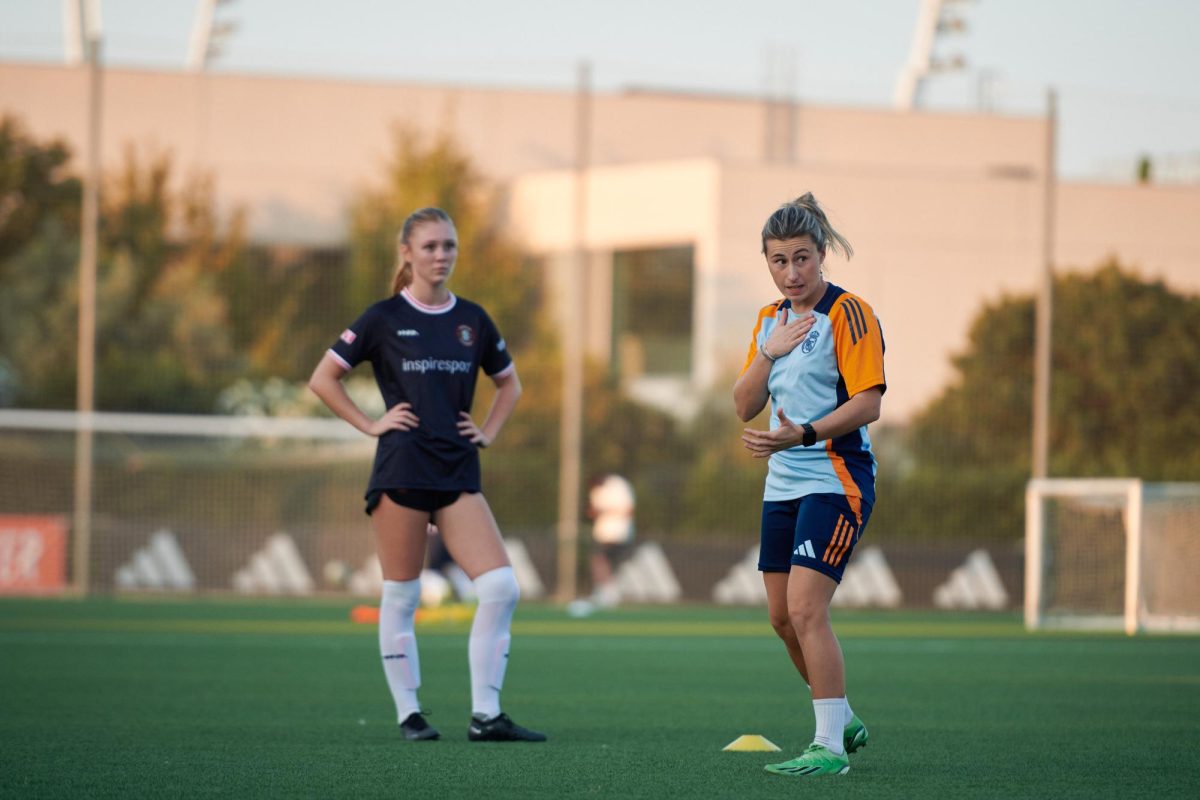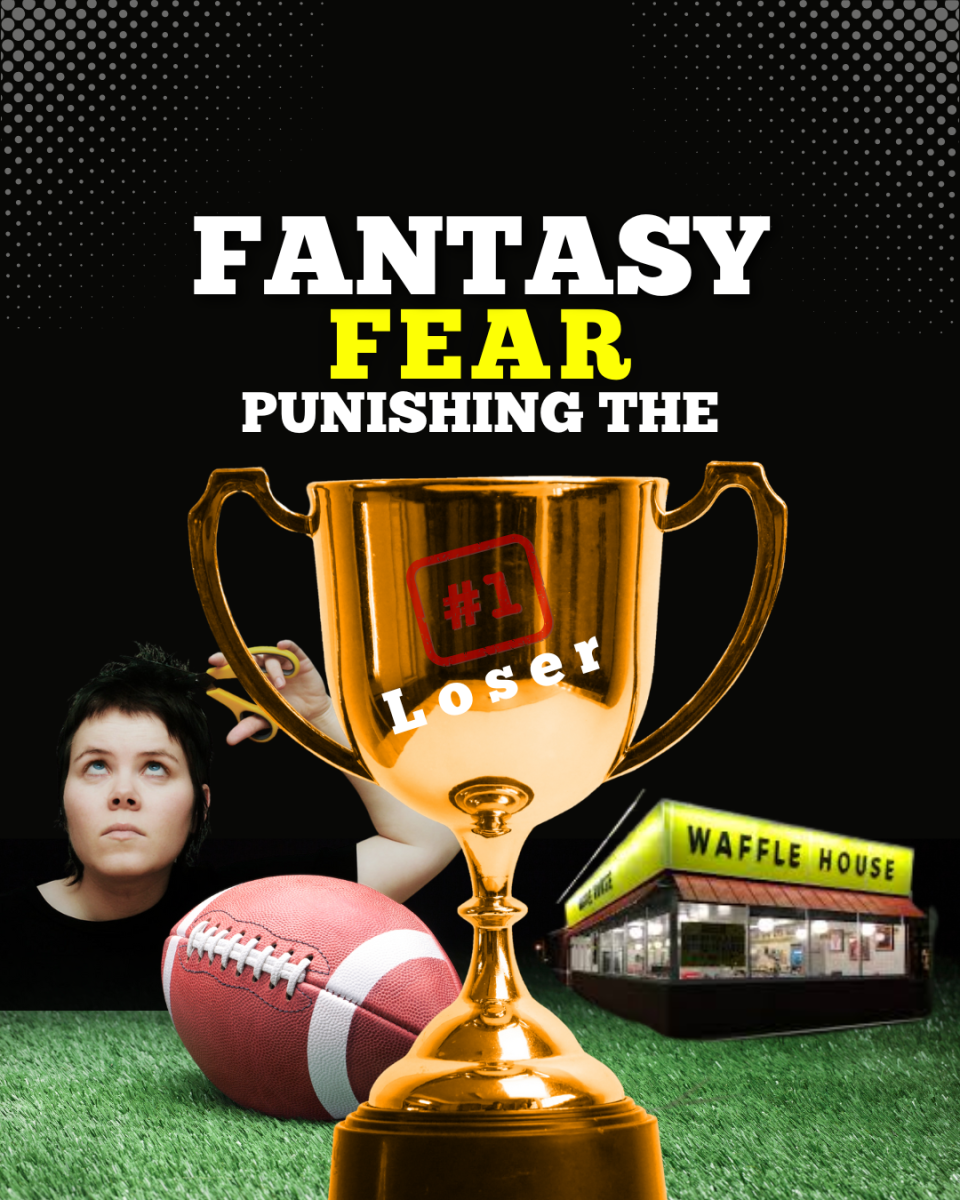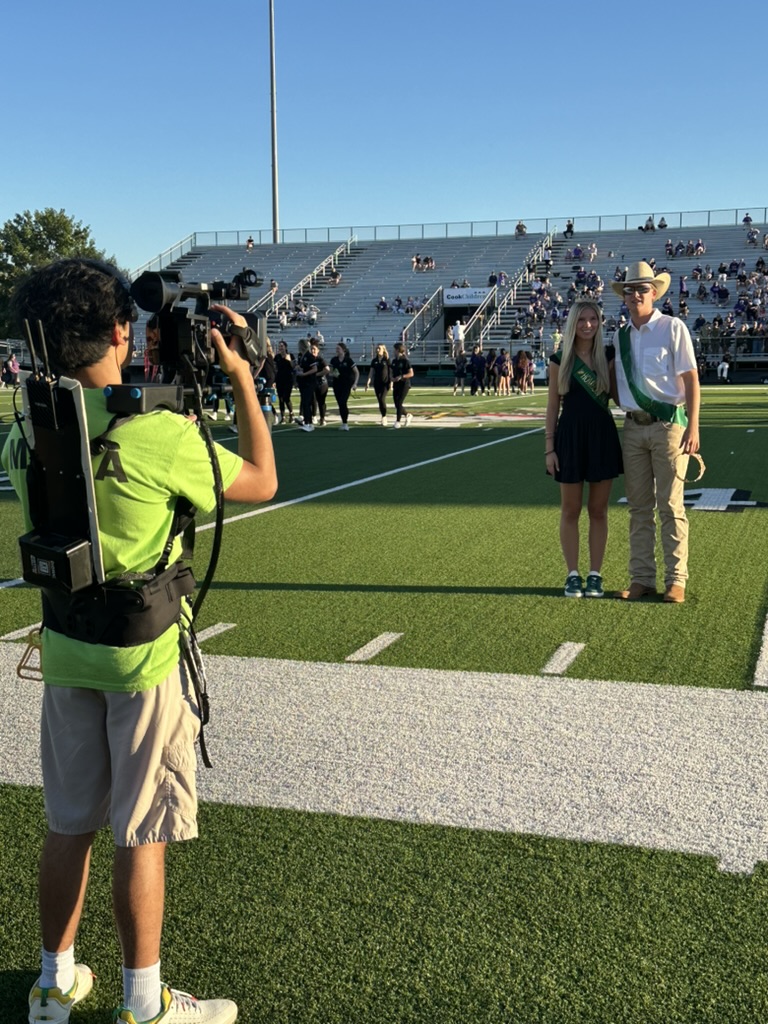A sports season can end in one moment. A small slip-up can lead to life-altering damage, but it’s okay because the athlete is doing something they love, right? Yet, thousands of athletes, both professional and amateur, face recovery from detrimental injuries.
According to Johns Hopkins Medicine, who treat over 775,000 million sports-related injuries annually, many sports injuries can occur from falls, collisions, and overexertion. Basketball and football are in the lead with the number of hospital visits.
Sophomore Emma VanTassel is a Carroll varsity volleyball player. She has recently dislocated her ankle and is looking at a 2-3 month recovery period from one minor mistake when blocking.
“Right now I am fighting two completely different battles,” VanTassel said. “One physical battle, and one emotional. I am still in so much pain, I can’t even imagine stepping back onto the court. I am scared of returning to full capacity, for fear of getting badly hurt again.”
VanTassel said that the thought of blocking again is battling with the fear of falling behind.
“It is so hard to see your team play and improve while you are forced to sit still,” VanTassel said. “The real challenge occurs when you are nearing the end of your recovery period when you want so badly to hop up and play. I would argue that is the worst kind of pain.”
These challenges are also being dealt with by professionals. NBA player Kevin Durant has shared his experience after tearing his Achilles in 2019.
“The hardest part for me was just being patient with the process,” Durant said to Bleacher Report. “When you’re sitting out, you start to doubt yourself. You wonder, ‘Am I going to come back the same player?’ It’s a lonely process. I’m used to playing, and now I can’t do what I love. I had to find new ways to stay involved.”
Durant was out for a year and put a lot of effort into his healing process. His return to the Golden State Warriors was impressive and proved his dedication to recovery.
“Thinking long term is hard, just as hard as the physical pain,” Durant said. “You are constantly battling your own mind to stay positive, to stay focused on the end goal. At the same time, you have to embrace the journey. Your mind needs just as much attention and care as your body.”
Injury is to be expected from any athlete and pressure comes alongside that. Whether that pressure is coming from a parent, coach, or yourself, there is always an underlying sense of urgency to return to play. Coach Megan Ervin, an athletic trainer at the senior high is well-versed in all things recovery.
“Usually, pressure is more internal in that the athlete is placing it on themselves or perhaps it’s pressure they’re feeling from family,” Ervin said. “Maybe they don’t want to lose their starting position, maybe their parent loves the sport but it’s not really a sport the athlete enjoys playing. If you have a medical staff that you trust and a plan that you are confident in, then it helps guard you from being worried about those external pressures.”
Ervin explains that no athlete has to be optimistic one hundred percent of the time. Growth is expected. When you are training your body, you are also training your mind.
“I usually tell athletes that recovery from injury, especially long-term injuries, is like a line graph,” Ervin said. “We want you tracking upwards, but that doesn’t mean that there won’t be some upward good days and downward bad days sprinkled in. As long as we are still tracking towards progress and healing, then we’re doing well. Also, how an athlete bounces back from the bad days plays a role in how quickly they heal. We can have a bad day, but we don’t want to get stuck in the negative.”
Recovery is not a straightforward process and requires a lot of strength mentally and physically. Nearly every athlete will undergo some sort of injury and have to train themselves to return to full capacity. It is a long road, but it is crucial to remain positive.
“For anyone currently feeling pressure to return to play, I’d tell them to trust their medical staff first and foremost,” Ervin said. “Trust the recovery process, and find the positives. At the end of the day, there are only two things that can be controlled, your attitude and effort.”











